The Pleiades Star Cluster: The Seven Sisters
Few star figures are as familiar and unique as the Pleiades. As poet Lord Tennyson wrote, they “glitter like a swarm of fireflies tangled in a silver braid.”
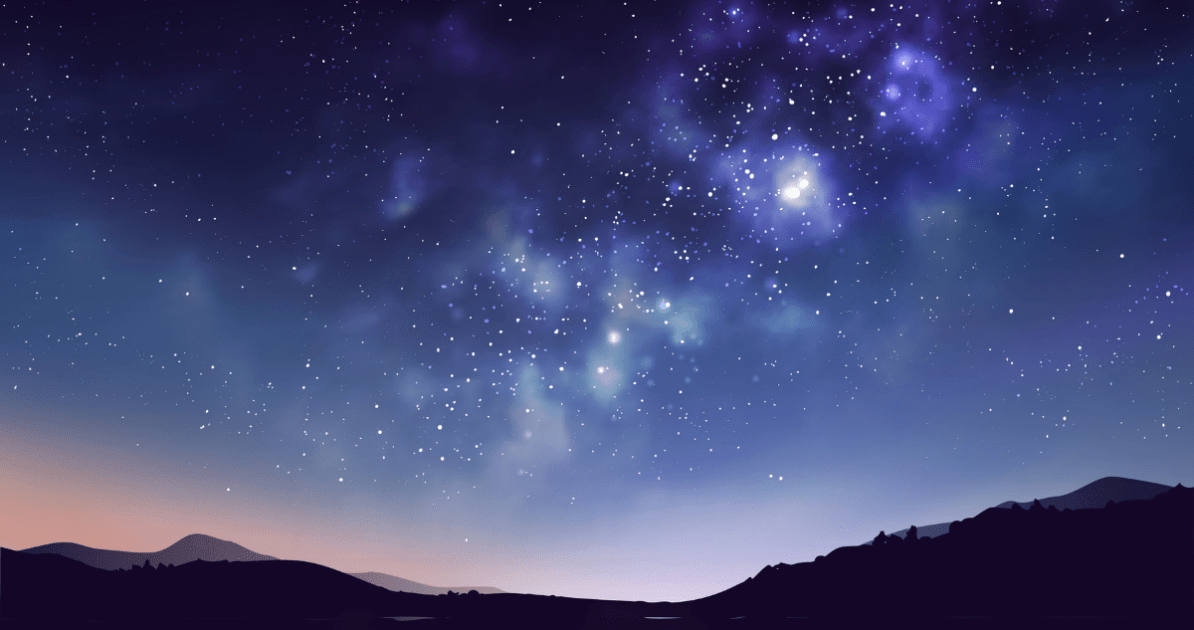
Few star figures are as familiar as the Pleiades, known also as the Seven Sisters. But the Pleiades (pronounced PLEE-a-dees) actually contain many more than seven stars. In fact, there are about 250 identified as members of this cluster.
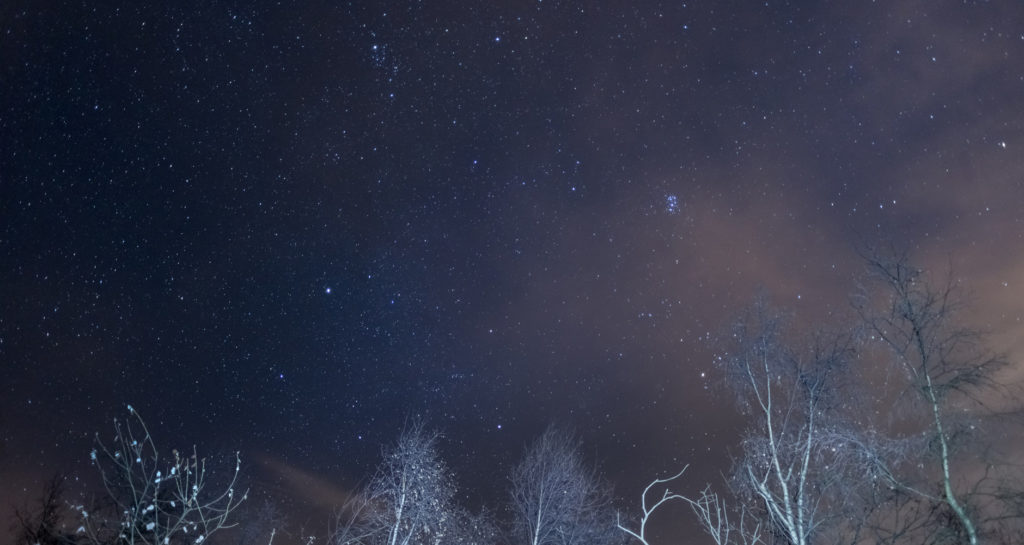
To the average eye, this group of stars looks at first like a shimmering little cloud of light. But further examination, aided by good eyesight, will reveal a tight knot of 6 or 7 brighter stars, though some have recorded 11 or more under excellent conditions.
The Pleiades have always been held in high esteem through the ages. Ancient Grecian temples faced the Pleiades at their rising. One passage leading out from the Great Pyramid at Cheops in Egypt was directed toward the Pleiades when they passed overhead. The Japanese feast of the Lanterns are remnants of ancient Tauric rites in honor of the Pleiades.
A Good Place To Start
If you have difficulty recognizing various stars and constellations, start with Pleiades. There is nothing else like it in the sky. You really can’t look very long at the heavens on a winter night without noticing it and wondering what it is. One easy way to spot it is to look south for three stars hanging side-by-side. That’s Orion’s Belt. Follow those three stars up and to the right and you will find the Pleiades.
Gaze at them through binoculars: the brightest stars glitter like an array of icy blue diamonds on black velvet. Or as poet Lord Tennyson wrote, they “glitter like a swarm of fireflies tangled in a silver braid.”
So on clear winter nights, keep your binoculars handy, bundle up, and head out to enjoy the splendor of this unique cluster of stars.

Joe Rao
Joe Rao is an esteemed astronomer who writes for Space.com, Sky & Telescope, and Natural History Magazine. Mr. Rao is a regular contributor to the Farmers' Almanac and serves as an associate lecturer for the Hayden Planetarium in New York City.


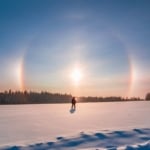
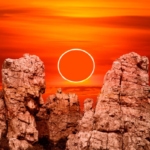
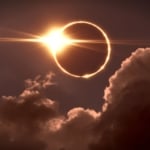
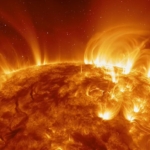
If we could only get communities to STOP all of the Light Pollution. With all the bright lights in towns now, with all their lighted signs, etc. It is becoming more and more difficult to see the stars.